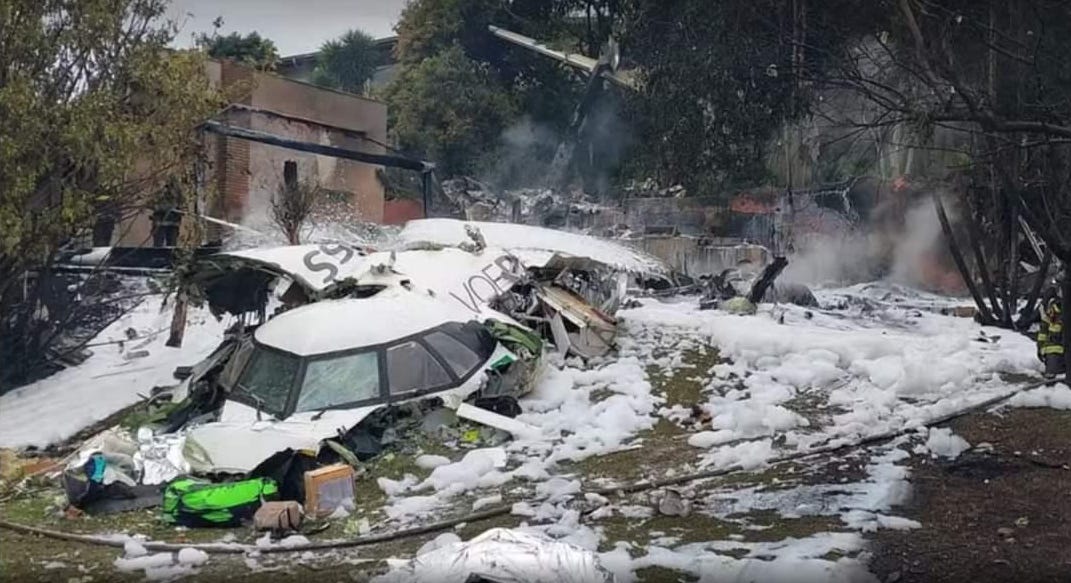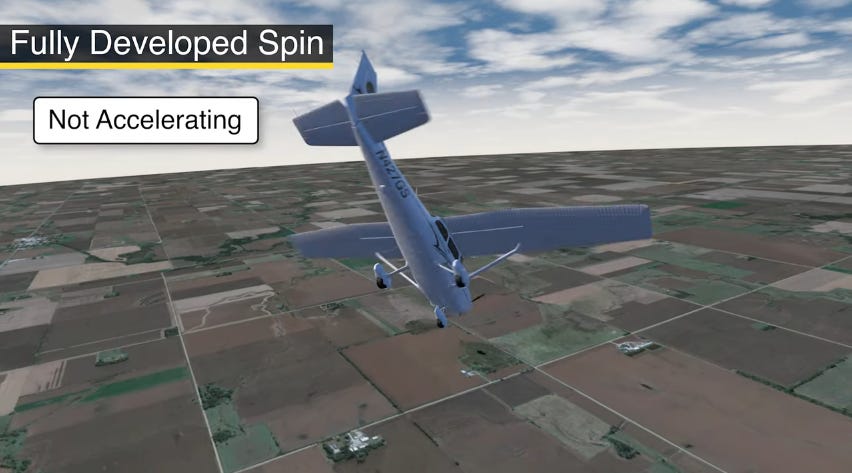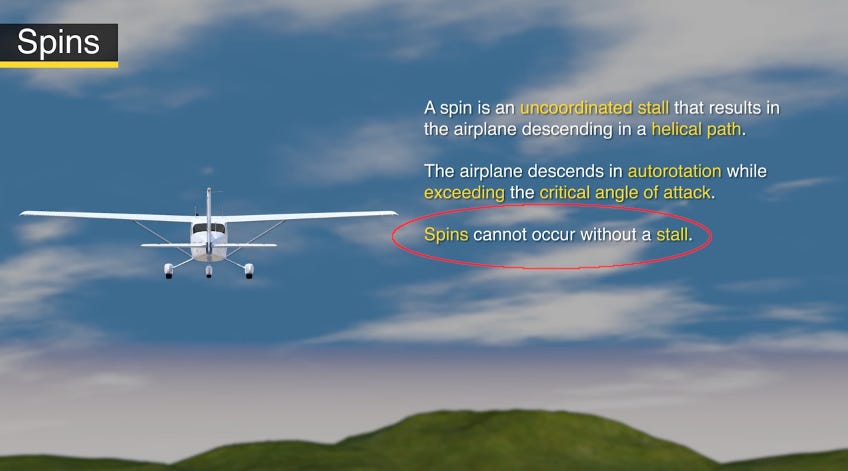An article on ZeroHedge written by Ben Bartree of Armageddon Prose asked a number of questions about Flight 2283, colloquially known as the Brazilian plane crash, these were:
What conference were the oncologists (cancer doctors) on board travelling to?
Why did the plane crash?
And, asked by others: who were the doctors?
Initially the story wasn’t compelling — aircraft accidents happen all the time — until a 77th Brigade shill turned up on Ben’s article trying to insist absolutely nothing fishy happened.
You can tell they’re 77th brigade — it literally says it in their avatar.
For those of you who aren’t familiar with who they are, they’re a British military Psychological Operations unit. This isn’t speculation either, the Ministry of Defence (MoD) boast about it publicly. A propaganda unit, basically, who typically lie in defence of multi-billion pharmaceutical companies; so suspicions were immediately raised. Why would the 77th Brigade be hovering over a Brazilian plane crash?
Digging into the matter, The Daily Beagle quickly found misleading information had been published by all sides.
The Flight Manifest
Some outlets have incorrectly claimed there were no oncologists (cancer doctors) on board, or that they have incorrectly stated there were 8 onboard, and numerous incorrect assertions have been made regarding the passengers and crew.
The Daily Beagle has spent the last few days manually compiling a complete flight manifest, complete with sources — that is to say, the names and even jobs of those onboard the plane. It was no easy task; the airline company truncated, misspelled, or even outright shortened names.
For example, the 77th Brigade incorrectly stated the pilot was ‘inexperienced’, however pilot Danilo Santos Romano had 10 years worth of flying experience.
There was also a copilot Humberto De Campos Alencar E Silva (which airline company VoePass misspelled as ‘Humberto De Campos Alencar E Sil’ on the manifest).
But you’re probably more interested in the medical passengers.
Medical Passengers
The breakdown is as follows:
Adrielle Costa — Pathology Lab Technician
Ana Caroline Redivo — Nutritionist [who studied at Unioeste]
Arianne Albuquerque Estevan Risso — Trainee Oncologist at Hospital do Câncer de Cascavel
Diogo Avila — Pharmaceutical company manager
Eliane Andrade Freire — Pharmaceutical employee
José Roberto Leonel Ferreira (VoePass misleadingly had them registered as “Jose Fer” on the flight manifest) — Radiologist who worked at Cascavel Polyclinic Hospital
Mariana Belim — Trainee Oncologist
Sarah Sella Langer — Paediatrician, Immunologist, who dealt with Allergies
Silvia Cristina Osaki — Professor who (translated) [taught the disciplines of Zoonoses, Veterinary Epidemiology, Public Health and Health Education in the Palotina sector]
Some have tried to downplay the importance of the two ‘trainee’ oncologists, however they were seeing, individually, between 15 to 20 patients a day, and were deemed to be ‘highly specialised’ in an area that found it difficult to find oncologists.
Curiously, there were meant to be other medical professionals onboard. The Daily Beagle could only find names for three of them who didn’t board the plane. These are:
Juliana Fávero Chiumento — ‘a resident of dermatology’
Lucian Lucchesi Fernandes de Oliveira (A.K.A. Lucian Lucchesi) — Residency Coordinator at the Cascavel Cancer Hospital (UOPPECAN)
Oswaldo Fernandes Costa Junior — Veterinarian
It’s from Lucian Lucchesi we get confirmation that…
There Was Indeed A Cancer Conference
In-fact, it was also mentioned in the Lancet.
But contrary to popular belief it wasn’t about mRNA specifically, or hosted by Pfizer.
The cancer conference was hosted by, none other than UK government financed AstraZeneca, hence why the 77th Brigade shills are swarming over it.
Another article gives us more details, the conference was specifically focused on ovarian cancer, and surprise, involved genetic modification (again).
So minus points to all media outlets who claimed either the conference didn’t exist, or that it was about Pfizer’s mRNA.
As pure coincidence has it, AstraZeneca Brazil (the Brazilian arm of AstraZeneca) just so happen to be also running a cancer trial in Curitiba (since late 2020), where they planned to hold the conference!
And in another pure coincidence, AstraZeneca are trialling other ovarian cancer drugs as well.
In-fact, AstraZeneca Brazil even ran a study looking into the BRCA mutation back in 2021. Just ignore the fact that four of the British monarchy got cancer within 2 years of each other, would have most likely gotten the AstraZeneca shot, and also have the BRCA2 gene mutation.
As some Daily Beagle readers will know, we warned of the adverse impacts the shots could have on the ovaries in our article DNA Modifications Impact The Next Generation.
So, why did the flight crash?
The Pilot
The Daily Beagle examined a number of variables to determine cause of crash.
Historically, the ground temperature in Sao Paulo was about 29C, which is quite hot.
At a height of 17,000ft, this would have been -4.68C; below freezing.
However, examining a detailed manifest explaining the various types of ice build-up an aircraft can receive, none would cause a fatal stall condition (contrary to the deception by 77th Brigade). The applicable ice types simply result in the aircraft losing some airspeed (this is the appropriate ice manual for the ATR model plane, as well).
The aircraft had also been flying at this height for an hour. So the cold temperature by itself was not sufficient.
Cloud cover was reported on flight radar, and in video footage it appears cloudy behind the aircraft:
However, even if we presume there was an icing situation, another ATR-72-500 flying in much colder Norway at a similar height that experienced icing and ‘banked uncontrollably’ did not crash, and that it stalled as a result of pilots not following steps to deploy flaps and increase speed.
Spin Cycle
How can we be confident the pilot was responsible for Flight 2283’s crash?
Video footage shows the aircraft, prior to crashing, in what appears to be a ‘fully developed spin’.
A fully developed spin is when it spirals towards the ground uncontrollably.
However, for a spin to occur, there must first be a stall.
Stalled Metrics
There’s one very consistent way to get a stall in an aircraft, it is the kind of novice mistake student pilots would make: pitch the nose (sharply) up and reduce airspeed.
Any pilot with 10 years worth of experience would know not to do this in any scenario (unless you intentionally wanted to induce a stall). This is like basics of piloting 101.
And yet when we examine the data from FlightRadar24…
We see in the calibrated altitude data a noticeable tell.
In the blue, we see the smooth, flat line (suggesting auto-pilot) changing into a slight descent (suggesting either an issue or autopilot disengaging).
Then we see the plane suddenly pitch up as if trying to ‘overcompensate’, and as if stalling, suddenly go down. We know there’s a fully developed spin, so we know there has to be a stall. If we overlay the true airspeed and the altitude graphs (stretched in order to crudely align the timestamps)…
We see the thick blue line (air speed) declines, but the altitude (thin blue line) remains constant until the start of the sudden peak (marked by the red vertical line). That is to say, the pilot tried to either maintain or increase aircraft height despite having less speed to work with, I.E. a ‘stall condition’.
Experienced pilots would likely concur that if you’re losing airspeed and engines aren’t compensating for it, you should actually tilt the nose down slightly to maintain speed and avoid stalling. In-fact, if the aircraft had dropped to 14,000ft, any icing problem would have literally started to evaporate.
However, even in a pitch-up scenario, the altitude increase is abnormally steep and experienced pilots would likely agree a more gradual incline would be used.
If you asked us what someone trying to stall a plane looks like, this would be it.
Can Still Escape From The Spin
This is a great video on the subject, of which some visuals have been used here for demonstration purposes:
However, the takeaway is that you can still escape from a spin. The techniques can vary from plane to plane, but the above video suggests the acronym “PARE”:
Power to idle.
Ailerons to neutral.
Rudder opposite of spin
Elevation (allow the plane to level out, apply engine power, then regain elevation)
Whilst many of the videos of the plane crash are blurry and low-res, we think this one you can just barely see (and hear) the damning evidence:
Now, maybe our eyes are bad, but it looks like the rudder is turning into the spin. In order to exit a spin, the rudder is supposed to face away from the spin.
Furthermore, it sounds (in the video clip) very much like the engines aren’t at idle. In the video clip they’re quite noisy, suggesting some or a lot of power. In one video clip, we estimate the pilot had a minimum of 9 seconds to react, and going by the flight recorder data, at least a minute.
This might not sound like a lot of time, but in this clip a man intentionally enters a spin, and counting from the entire time he intends to enter the stall, he takes 32 seconds to exit the spin. If you count from the time he enters the spin… 3 seconds.
Whilst it is impossible to know intentions, if we didn’t know better, this plane crash looks like an intentionally induced stall followed by steps to make the fully developed spin worse. It is difficult to imagine a 10 year experienced pilot making the rookie mistake of pulling up at lower airspeeds.
What do you think, dear reader?
Found this informative?
Help inform?
Thoughts, dear reader?



































When news of this crash came out it was reported on alternative media that a couple of the doctors on board were whistleblowers and were on their way to report their findings about Pfizer’s death jabs…if, as you are reporting, this crash occurred because the pilot was deliberately causing the spin, it begs the question of what did *they* have on the pilot or was the threat of the death of his family the motivation for his suicidal behavior. So many dead whistleblowers, so many Elite murderers…
Nice write up Underdog. One thing that I have noted is that I am unable to find a record of that conference, which is highly irregular. Usually there would be a conference website and some documentation online (program, registration etc). In addition, the make up of the people that were on that plane is not of the same make up as you would expect for a cancer conference. No senior cancer doctors and the only senior doctor was a paediatrician. For an ovarian cancer conference that would make no sense.
Somebody is telling porkies.